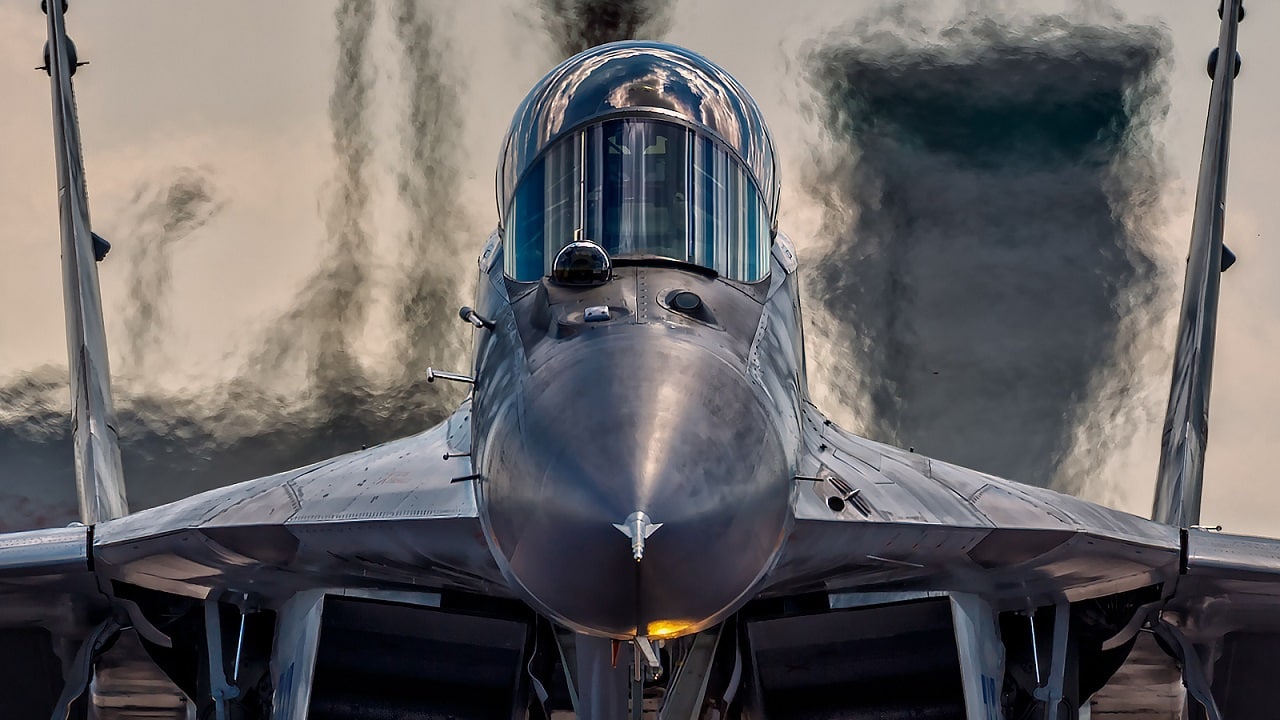Does Ukraine Need a Modern Eagle Squadron? – During the First World War, a number of volunteer pilots – mostly Americans – joined the La Fayette Escadrille, a fighter squadron named in honor of the Marquis de Lafayette, a French hero of the American Revolutionary War.
The unit was under the command of the French Air Force, as escadrille N 124, until it was transferred to the U.S. Army in September 1917 under the designation 103rd Aero Squadron.
A generation later, the Eagle Squadrons of the UK’s Royal Air Force (RAF) were formed with volunteer pilots from the United States in the early days of the Second World War.
Many of the early recruits had actually headed to Europe to fight for Finland against the Soviet Union in the Winter War.
However, when the conflict ended in early 1940, those men opted to join the RAF.
Germany’s Condor Legion also served with the Nationalist force during the Spanish-Civil War, and it was there that they honed the tactics that were used in the early stages of World War II.
Aerial Mercenaries in Ukraine?
While not actually considered “mercenaries,” it might be fair to describe those men as such as they served another nation.
There are now calls for such a “volunteer unit” to aid Ukraine in its war with Russia.
Writing for the Kyiv Post this a few months back, Jeffrey Fischer, a former U.S. Air Force colonel, suggested the Ukrainian Defense Ministry consider a mercenary air force to bolster its air power.
Fisher noted that in 2019, due to the ongoing pilot shortage, the United States Department of Defense (DoD) awarded a contract to “outsource” its aggressor air training squadrons.
Seven companies – Ravn (formerly Air USA), Airborne Tactical Advantage Company (ATAC), Blue Air Training, Coastal Defense, Draken International, Tactical Air Support and Top Aces – had purchased varying fleets of aircraft, hired pilots and maintainers, as well as other support functions.
The companies provide training for U.S. military pilots, and successfully saved the DoD funds in the process.
As the pilots of these air training squadrons aren’t active-duty U.S. military personnel, it would remove one barrier to them aiding Ukraine.
In addition, Fischer suggested the firms could lease out U.S.-owned aircraft to Ukraine’s defense forces, which would eliminate Kyiv’s need to acquire any foreign jets.
The private companies would also be able to provide their own, well-qualified aircrews.
This doesn’t address whether said crews actually would want to go from trainers to combat pilots, however.
Unprivileged Pilots
Fischer also noted a legal dilemma – namely that private contracted pilots would likely be deemed “unprivileged,” meaning that unlike traditional military personnel who are privileged and afforded prisoner of war status if captured, any private military contractor pilots would become criminal prisoners and subject to civilian law in that nation.
The United States has largely opposed the use of private military contractors (PMCs) in Ukraine, so this would be a significant hurdle to clear.
That isn’t to say that Fischer’s idea isn’t without merit, but it would likely be a line in the sand that the DoD won’t cross for fear of escalation, drawing NATO into a war with Russia.
Western pilots flying Western aircraft in the skies over Ukraine – even if provided Ukrainian markings – wouldn’t sit well with Russia, which already is accusing NATO of waging a war.
The aircraft might be enough to tip the balance of power in the skies in Kyiv’s favor, but it could also be ammunition for Putin to suggest to the Russian people that the West is at war with them.
The final consideration is that the air war is largely a stalemate.
MORE: The War in Ukraine Is About to Explode
MORE: Does Putin Have Cancer?
Author Experience and Expertise: A Senior Editor for 19FortyFive, Peter Suciu is a Michigan-based writer. He has contributed to more than four dozen magazines, newspapers, and websites with over 3,200 published pieces over a twenty-year career in journalism. He regularly writes about military hardware, firearms history, cybersecurity, politics, and international affairs. Peter is also a Contributing Writer for Forbes and Clearance Jobs. You can follow him on Twitter: @PeterSuciu.

